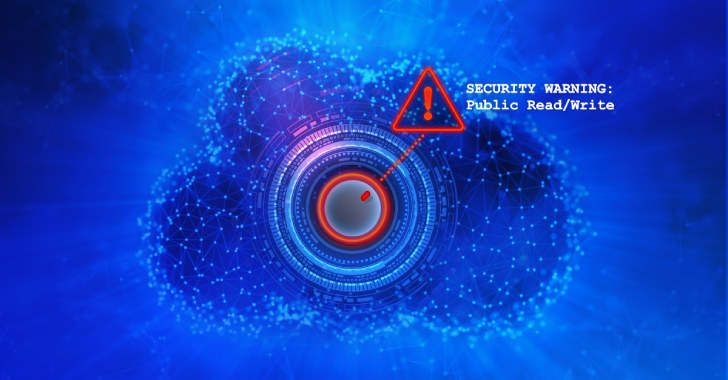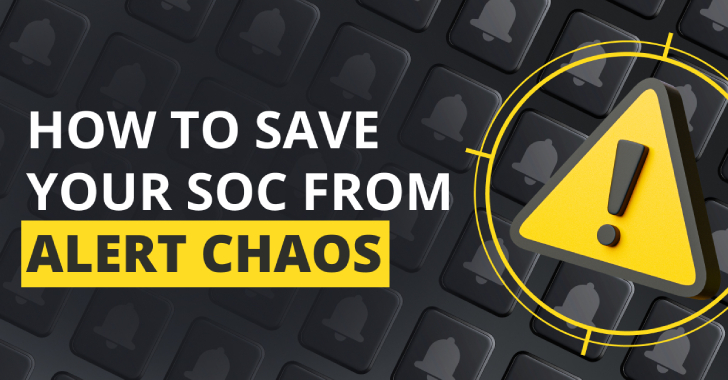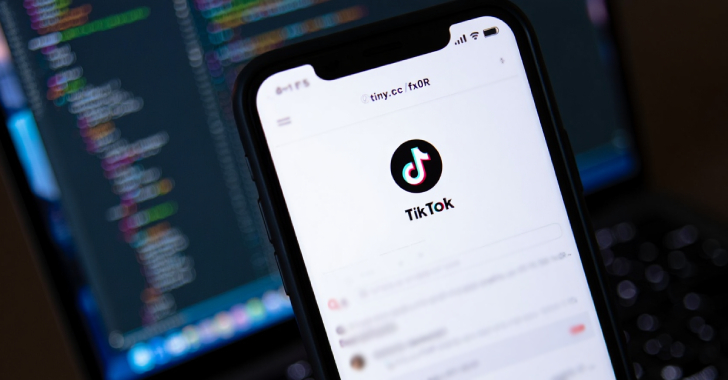The Washington Post is reporting on the FBI’s increasing use of push notification data—”push tokens”—to identify people. The police can request this data from companies like Apple and Google without a warrant.
The investigative technique goes back years. Court orders that were issued in 2019 to Apple and Google demanded that the companies hand over information on accounts identified by push tokens linked to alleged supporters of the Islamic State terrorist group.
But the practice was not widely understood until December, when Sen. Ron Wyden (D-Ore.), in a letter to Attorney General Merrick Garland, said an investigation had revealed that the Justice Department had prohibited Apple and Google from discussing the technique.
[…]
Unlike normal app notifications, push alerts, as their name suggests, have the power to jolt a phone awake—a feature that makes them useful for the urgent pings of everyday use. Many apps offer push-alert functionality because it gives users a fast, battery-saving way to stay updated, and few users think twice before turning them on.
But to send that notification, Apple and Google require the apps to first create a token that tells the company how to find a user’s device. Those tokens are then saved on Apple’s and Google’s servers, out of the users’ reach.
The article discusses their use by the FBI, primarily in child sexual abuse cases. But we all know how the story goes:
“This is how any new surveillance method starts out: The government says we’re only going to use this in the most extreme cases, to stop terrorists and child predators, and everyone can get behind that,” said Cooper Quintin, a technologist at the advocacy group Electronic Frontier Foundation.
“But these things always end up rolling downhill. Maybe a state attorney general one day decides, hey, maybe I can use this to catch people having an abortion,” Quintin added. “Even if you trust the U.S. right now to use this, you might not trust a new administration to use it in a way you deem ethical.”






